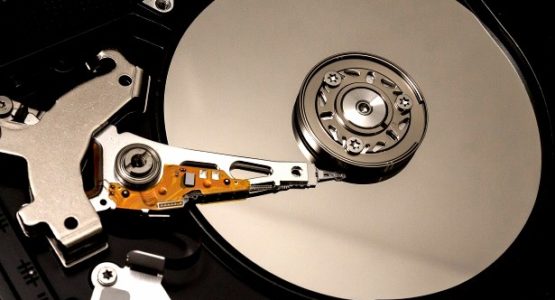Recovering lost data from RAID arrays after a system crash or failure can be a complex process, but understanding the fundamental steps can help manage the situation effectively. RAID Redundant Array of Independent Disks configurations are designed to enhance data redundancy and performance, but they are not immune to data loss. The recovery process involves several key steps. First, it is essential to stop using the RAID array immediately after detecting a failure. Continued use or further writes to the array can overwrite the data you are trying to recover, making the process more difficult. Once the decision is made to halt operations, assess the nature of the failure. RAID arrays come in various configurations, such as RAID 0, RAID 1, RAID 5, and RAID 6, each with different methods of data distribution and redundancy. Understanding your specific RAID level is crucial as it dictates the recovery approach. For example, RAID 0 arrays do not offer redundancy, so data recovery often involves reconstructing the data from the surviving disks, while RAID 5 and RAID 6 arrays use parity information that can be leveraged to rebuild lost data.

The next step is to identify the extent of the damage. This involves checking the physical condition of the drives and the RAID controller. Physical damage to drives can be detected through audible clicks or mechanical failures, while logical damage may present itself through file system errors or RAID array misconfiguration. For physical issues, consult a professional data recovery service specializing in hardware repair and recovery. If the drives are intact but the RAID configuration has failed, the RAID controller’s configuration settings should be examined. RAID controllers manage the array’s configuration data, and any corruption or misconfiguration can lead to data loss. Using the RAID controller’s management software to verify and potentially correct configuration settings may help recover the array. It is advisable to document the current configuration before making changes. In cases where RAID metadata or configuration is corrupted, specialized RAID recovery software or professional services may be necessary.
How to Recover Data by using the tools and can help reconstruct RAID metadata and rebuild the array by interpreting the data structures and parity information. However, using such software requires careful handling to avoid further data corruption. If software-based recovery does not yield results, consulting with a data recovery professional is the next step. These experts use advanced techniques and tools to recover data from failed RAID arrays, including repairing or reconstructing RAID metadata, recovering lost partitions, and restoring data from damaged drives. This option can be expensive but is often the most reliable method for recovering critical data. Throughout the recovery process, ensure that you maintain backups of all existing data, if possible, to avoid further loss. Regular backups are crucial for mitigating the risk of data loss in the future. Additionally, once data recovery is complete, evaluate the cause of the RAID failure and consider implementing preventive measures, such as replacing faulty hardware or improving backup strategies, to minimize the risk of future issues.
